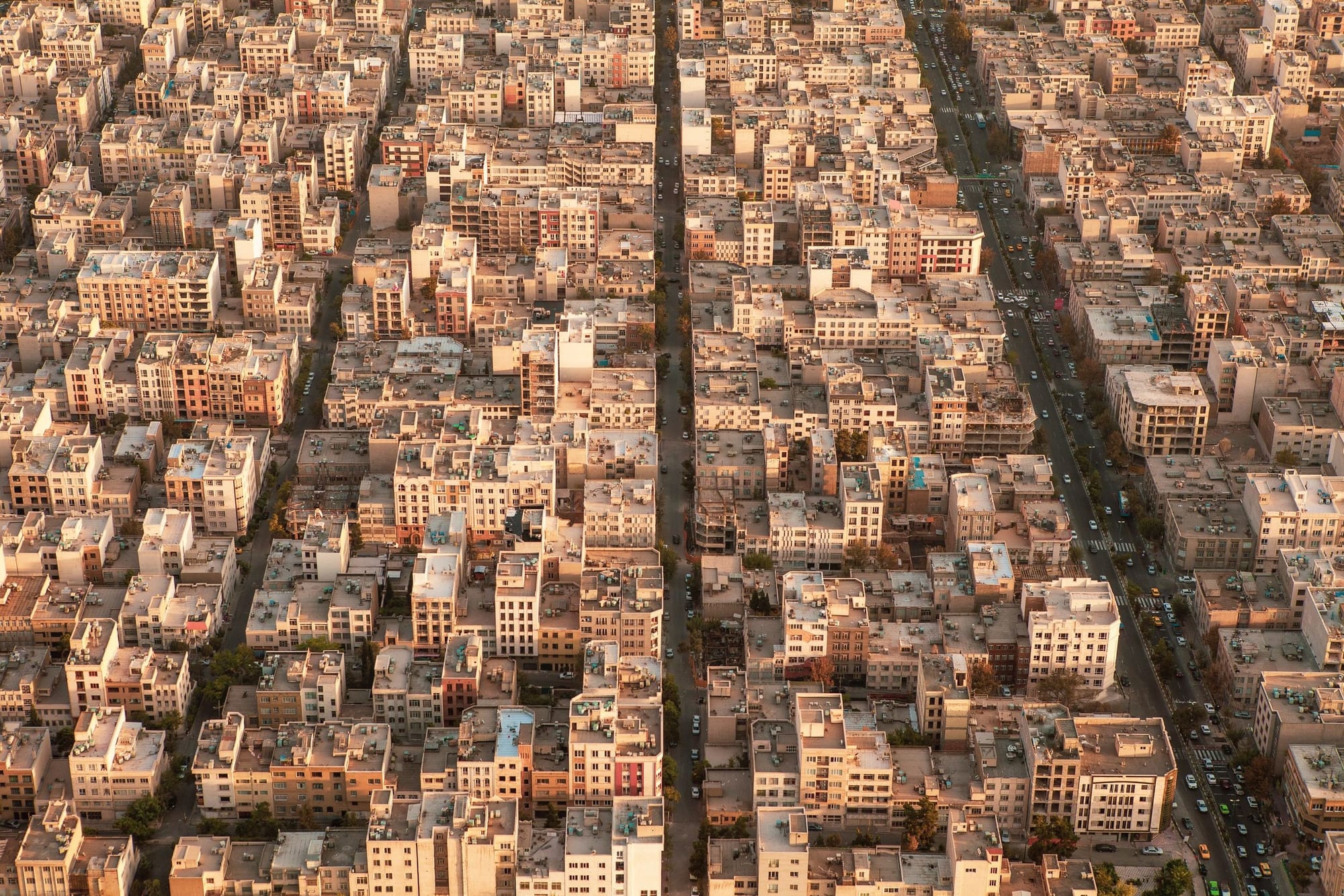
It was a crisp autumn morning in Barcelona when I first stumbled upon the enchanting Park Güell, one of Antoni Gaudí's masterpieces. As I meandered through its trellis-covered walkways and marveled at the colorful mosaics, it dawned on me that urban design is much more than the placement of streets and buildings; it's an art form that has the power to shape our experiences and emotions. This park, a tapestry of imagination and functionality, highlighted the notion that the possibilities in urban design are indeed boundless. My curiosity piqued, I was inspired to delve deeper into the world of urban design, where functionality meets creativity, and the mundane becomes magical.
Urban design is an intricate dance between form and function, aesthetics and utility. It is not merely about constructing environments; it's about creating experiences, crafting spaces that people interact with on a daily basis. Having evolved over centuries, it serves as a backdrop to our lives, silently guiding our movements and influencing our moods. This art, practiced by visionary planners, architects, and designers, stands as a testament to the unlimited potential inherent in molding urban spaces. From the ancient grid systems of Babylon to the modernist utopias of Le Corbusier, the history of urban design is as rich as it is varied. Today, the discipline is more relevant than ever.
The possibilities of urban design are vast. Designers have at their disposal an array of tools and concepts that can transform the simplest of spaces into places of wonder. Consider the following aspects:
- Public Spaces: These are the beating hearts of any city, the places where people gather, interact, and live out the narratives of their daily lives. Designing these spaces requires a deep understanding of human behavior, needs, and culture.
- Green Urbanism: As cities expand, the importance of integrating nature into urban environments becomes critical. This holistic approach brings parks, green roofs, urban farms, and living walls to our concrete jungles, providing not only aesthetic value but also ecological benefits.
- Smart Cities: With the advent of technology, urban design has taken a futuristic turn. Smart cities incorporate information and communication technologies to enhance the quality and performance of urban services, reducing costs and resource consumption.
- Transit-Oriented Development (TOD): This urban development model focuses on creating compact, walkable communities centered around high-quality public transport systems. TOD is designed to promote sustainable cities with vibrant, liveable spaces.
- Cultural Heritage and Identity: A city’s character is often defined by its history and culture. Urban design can celebrate this by preserving historic structures, designing new buildings that complement the old, and creating spaces that reflect the local identity.
Each of these areas becomes a canvas, offering endless opportunities to innovate and inspire. Yet, the possibilities do not stop there. As societal needs change, urban design continues to evolve, sometimes in unexpected ways. The COVID-19 pandemic, for example, has forced a rethinking of urban spaces to accommodate social distancing, bringing to the fore concepts such as 'pop-up' bike lanes, expanded sidewalks, and outdoor dining areas that were quickly implemented to adapt to the new reality. These changes have shifted perspectives on what is possible and necessary in the design of our cities.
In the midst of such boundless potential, there are, of course, challenges. Urban designers must navigate complex issues such as zoning laws, environmental constraints, and economic considerations. Stakeholder engagement is crucial, as the process is inherently democratic, requiring negotiation and compromise to reach a design that serves the public good. Additionally, the rapid pace of urbanization puts pressure on designers to create solutions that are not only beautiful and functional but also scalable and sustainable.
Personal experiences often define how we perceive the spaces around us, and they play a pivotal role in shaping the conversation around urban design. For instance, when residents of Bogotá, Colombia, found themselves facing heavy traffic congestion and pollution, they turned to urban design for a solution. The result was the Ciclovía—a weekly event where main streets are closed to cars, allowing citizens to walk, bike, and enjoy the city. This initiative turned streets into vibrant communal areas, proving that with a touch of creativity, even infrastructure meant for vehicles can become social spaces infused with life.
My journey from the winding paths of Park Güell to the bustling streets of Bogotá has convinced me of the limitless possibilities that urban design offers. Whether it's turning a grey plaza into a thriving marketplace, or repurposing an abandoned rail line into an elevated park like New York's High Line, each project carries with it the potential for transformation. These urban interventions showcase the power of good design to turn inert cities into dynamic entities, full of color, texture, and vitality.
As we stand on the threshold of a new era in urban design, it’s essential to recognize that our current choices will shape future generations. With the tools of technology, the wisdom of past practices, and the ingenuity of modern principles, urban design has the capability to produce not just cities, but legacies. From the grand avenues of Paris to the intricate alleyways of Marrakech, urban design does more than create the settings for our lives; it is the very fabric from which our collective experiences are woven.
Thus, the tale of urban design is one of infinite possibilities. It invites us to imagine, challenges us to innovate, and compels us to care. Every alleyway and avenue, every park and plaza holds within it a story waiting to be told, a dream waiting to be realized. As designers, city dwellers, and human beings, it is up to us to turn the infinite possibilities of urban design into the landmarks of tomorrow, crafting spaces that uplift, unite, and inspire all who traverse them.


